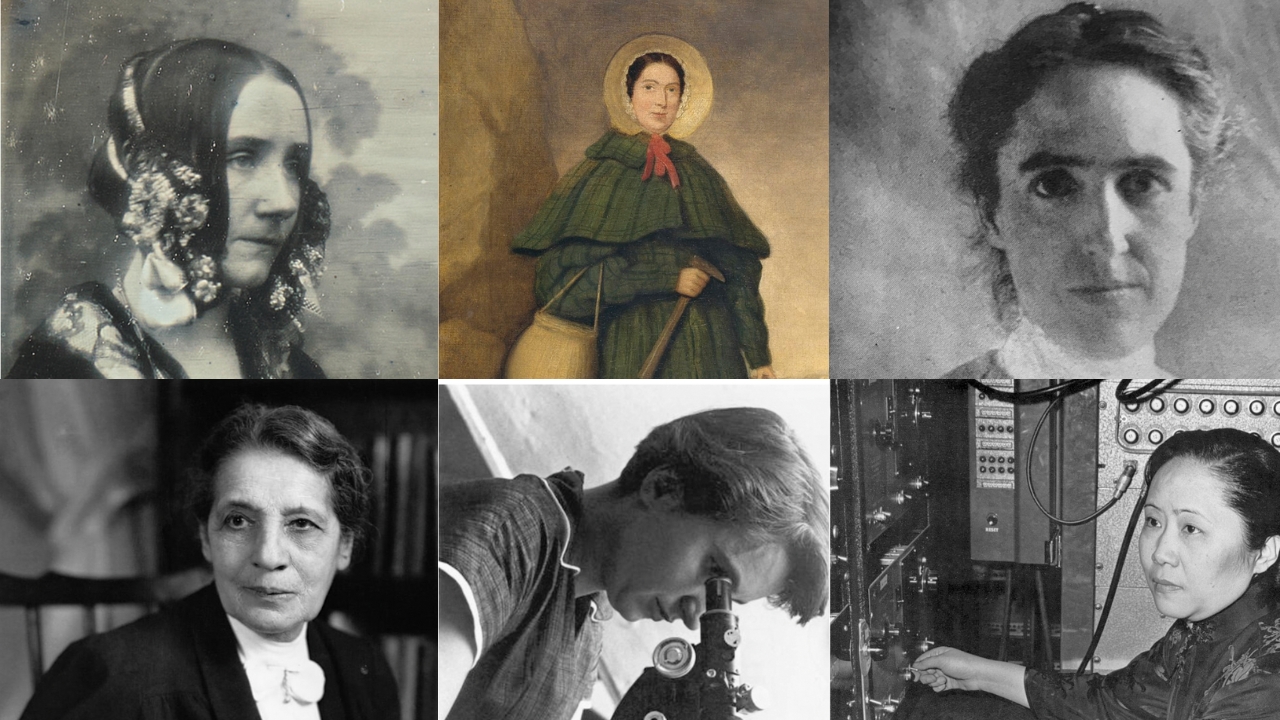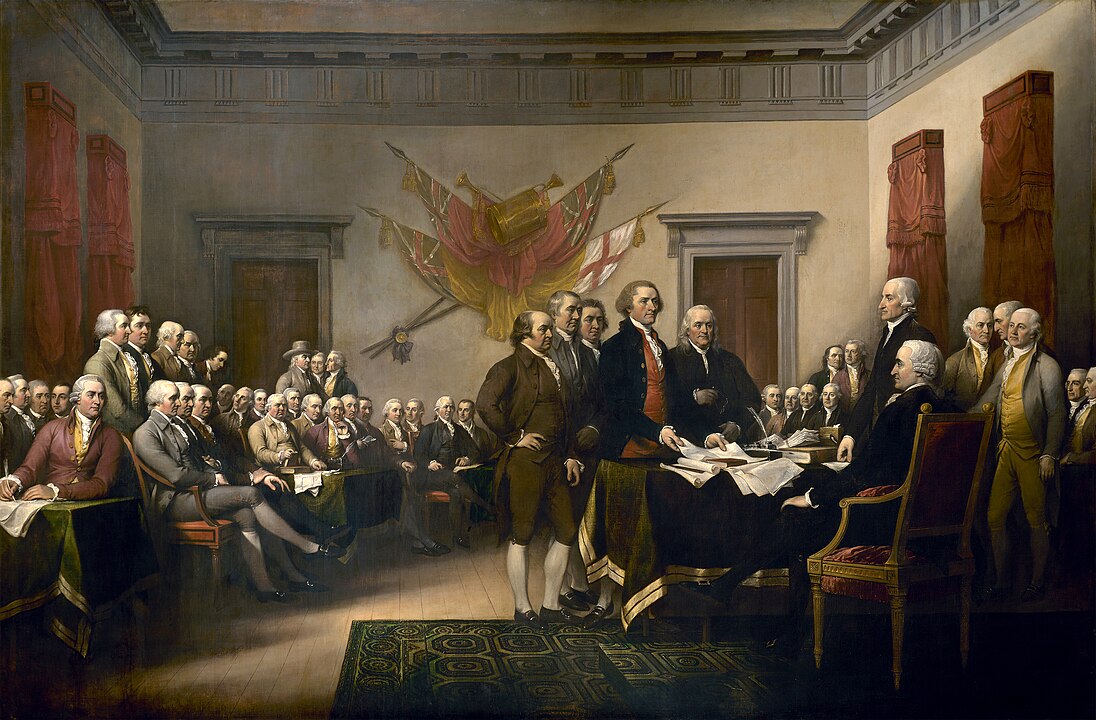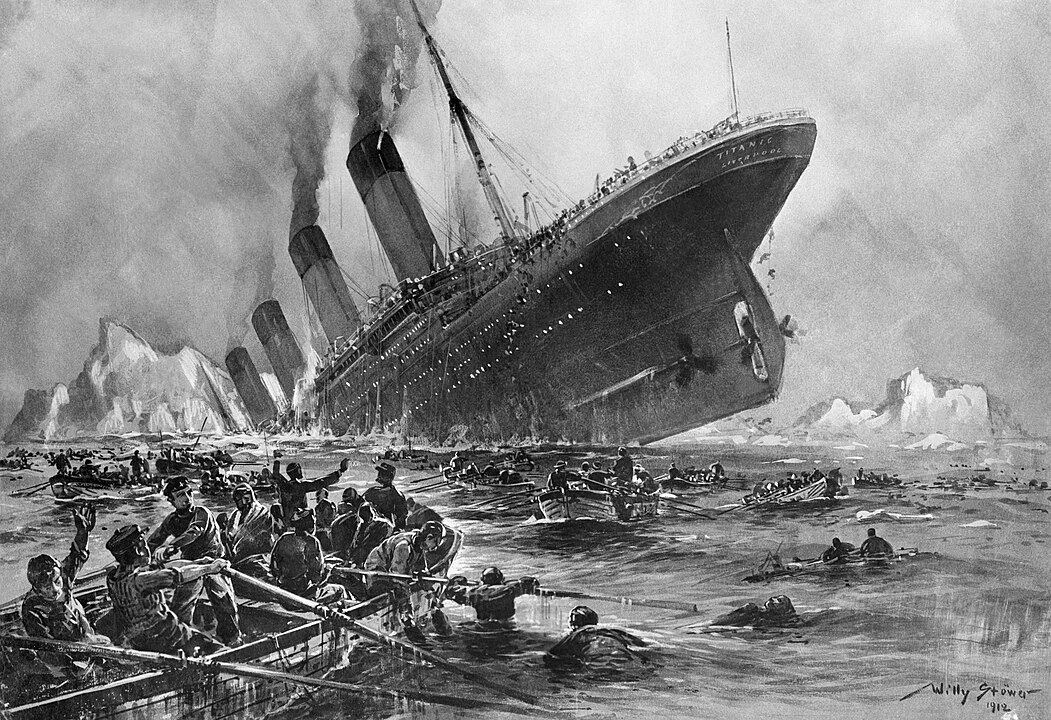History often celebrates the headline makers and overlooks the steady architects behind the breakthrough. Across labs, observatories, workshops, and shorelines, these women set foundations that others later stood on. Many worked without titles, credit, or conference stages, yet their ideas still power daily life and deep science. Their stories carry grit without theatrics and proof that rigor travels farther than applause. Read them as a map of patient progress, where good questions outlast fashion and quiet skill changes what a field believes is possible.
Ada Lovelace
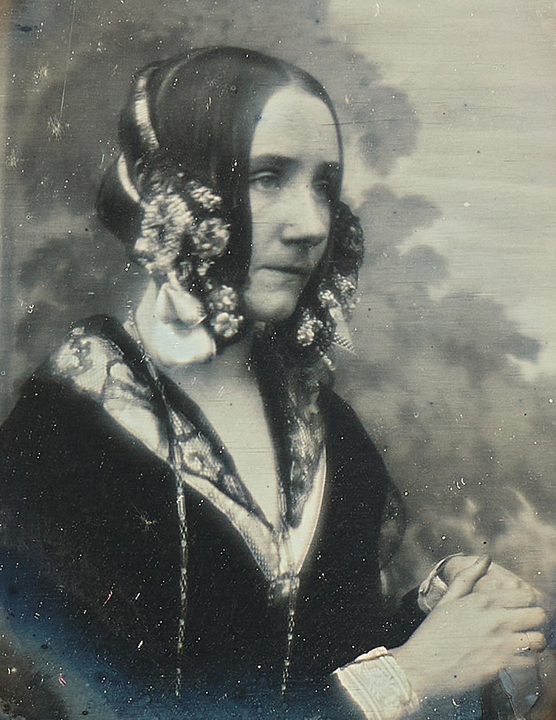
Working with Charles Babbage’s Analytical Engine in the 1840s, Lovelace outlined a method to compute Bernoulli numbers and described how a machine could manipulate symbols beyond arithmetic. She grasped the idea of programmable steps and conditional logic long before hardware existed. Her notes read like a blueprint for software, and only decades later did computer science catch up to the possibilities she sketched with pen and margin numbers.
Mary Anning
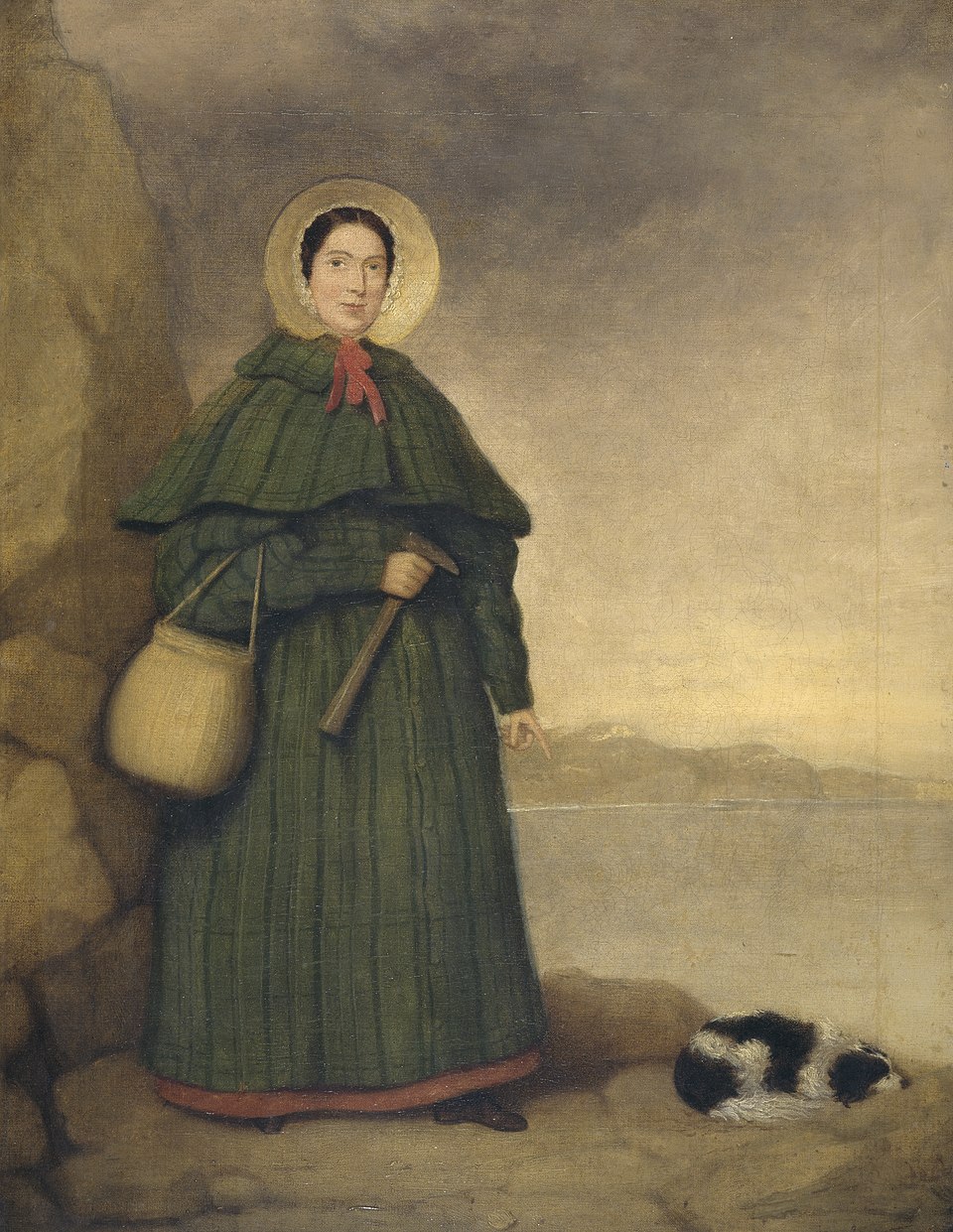
On the Dorset coast in early nineteenth century England, Anning collected and prepared marine fossils that redrew the prehistoric map. She uncovered ichthyosaurs, plesiosaurs, and the first British pterosaur, then argued from the rock record with a precision that moved geology forward. Excluded from learned societies, she taught scientists through specimens and fieldcraft. The modern timelines in museums still lean on what she pulled from winter cliffs and careful notebooks.
Henrietta Swan Leavitt
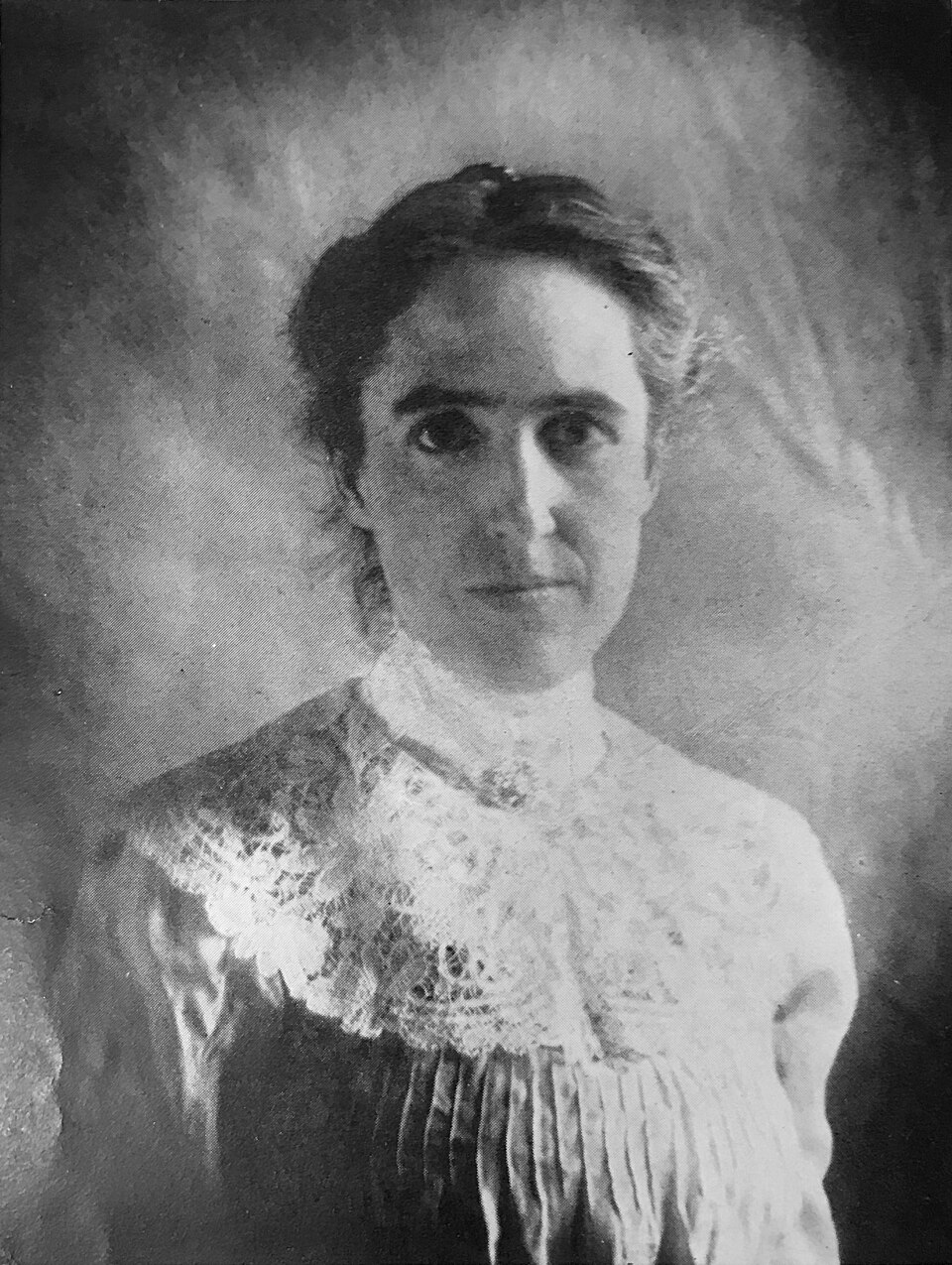
At Harvard’s observatory, Leavitt measured variable stars on glass plates and found a tight link between a Cepheid’s brightness cycle and its true luminosity. That period–luminosity law turned pulsating stars into distance beacons and gave astronomy a yardstick. Hubble’s expanding universe later depended on her relation, yet during her life the recognition stayed small. The simple graph she drew quietly stretched the size of the known cosmos by orders of magnitude.
Lise Meitner
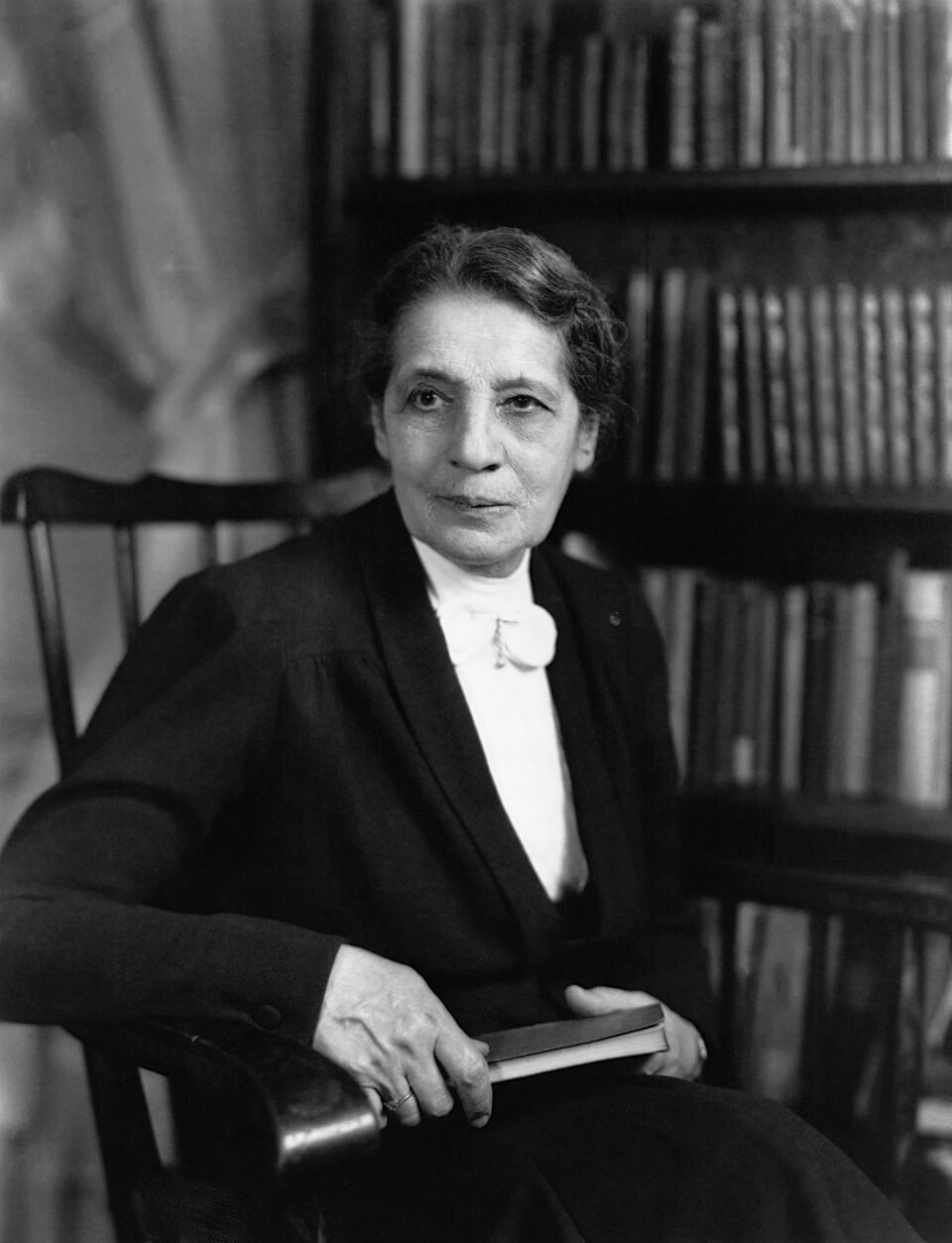
An Austrian-Swedish physicist, Meitner helped explain how a uranium nucleus can split and release immense energy after Otto Hahn’s chemical results. She and her nephew Otto Frisch described nuclear fission and its startling energy balance using Einstein’s equation. War and exile kept her name off the 1944 Nobel, but element 109, meitnerium, honors the insight. Her letters and calculations show theory at work under pressure, calm, exact, and decisive.
Rosalind Franklin
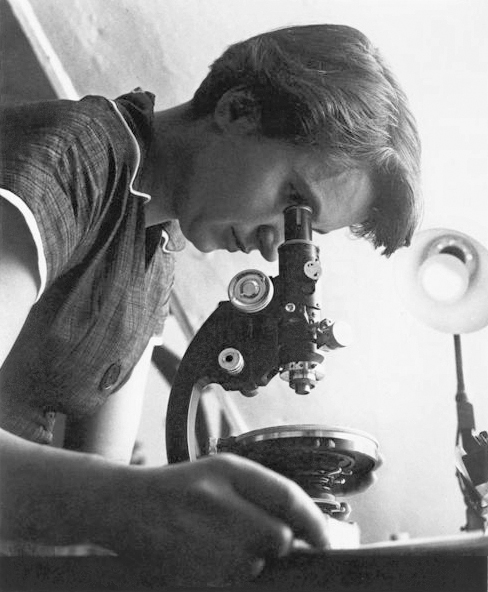
Franklin’s X-ray diffraction images of DNA, especially Photo 51, revealed a helical structure with precise spacing. Her notebooks detail careful hydration studies and symmetry arguments that narrowed possible models. While colleagues published first, later histories made clear how her rigor anchored the solution. She then pivoted to seminal work on viruses and carbon, proving that disciplined method, not one landmark image, defined her short, powerful career.
Chien-Shiung Wu
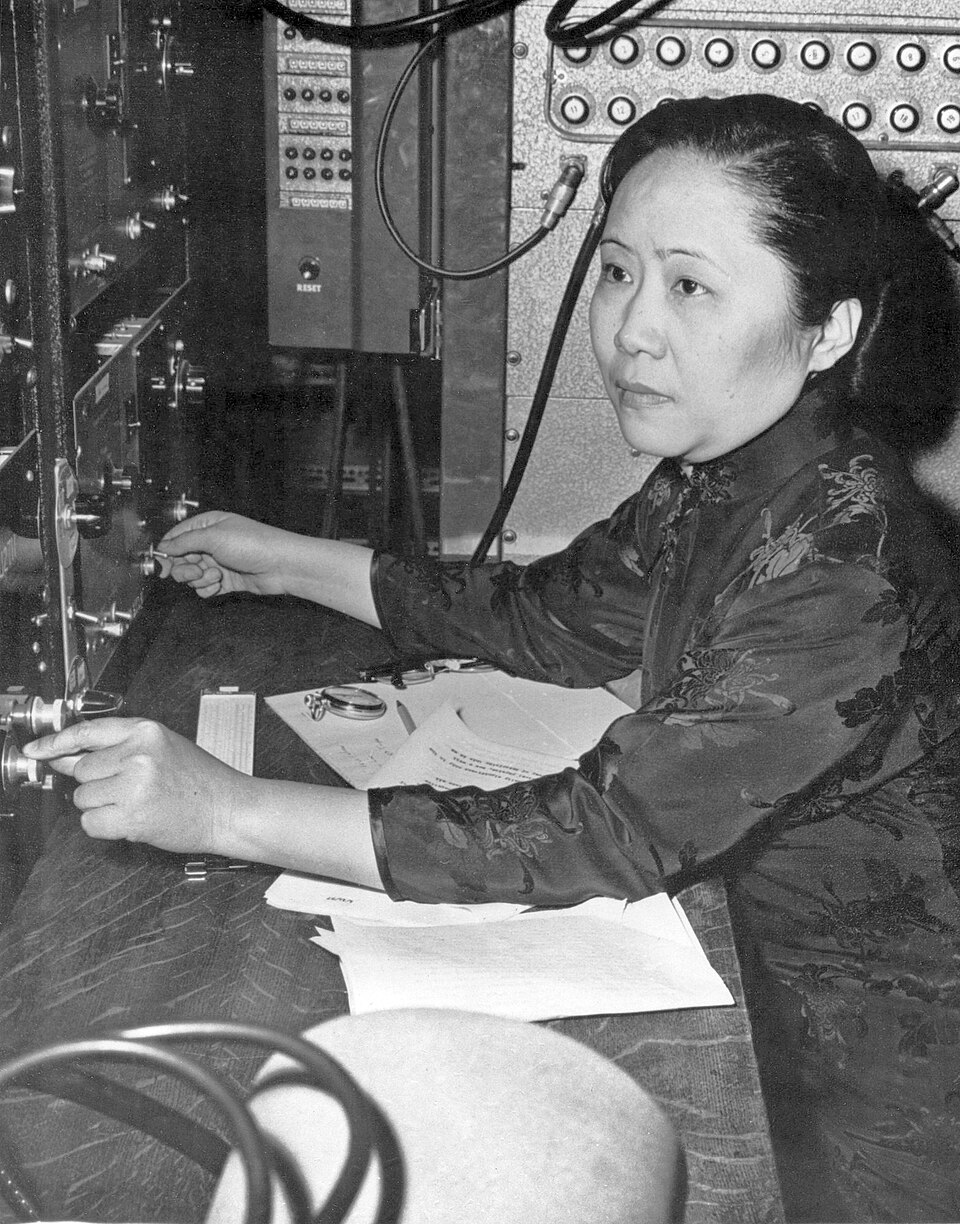
Wu designed the cobalt-60 experiment that showed the weak force violates parity, overturning a long-held symmetry assumption. Her low-temperature, high-precision setup made an abstract prediction measurable, and the result rewired particle physics. The 1957 Nobel went to the theorists Lee and Yang; her role was essential and exact. Later, she refined beta decay studies and taught generations that meticulous experimental craft can move the bedrock of a field.
Nettie Stevens
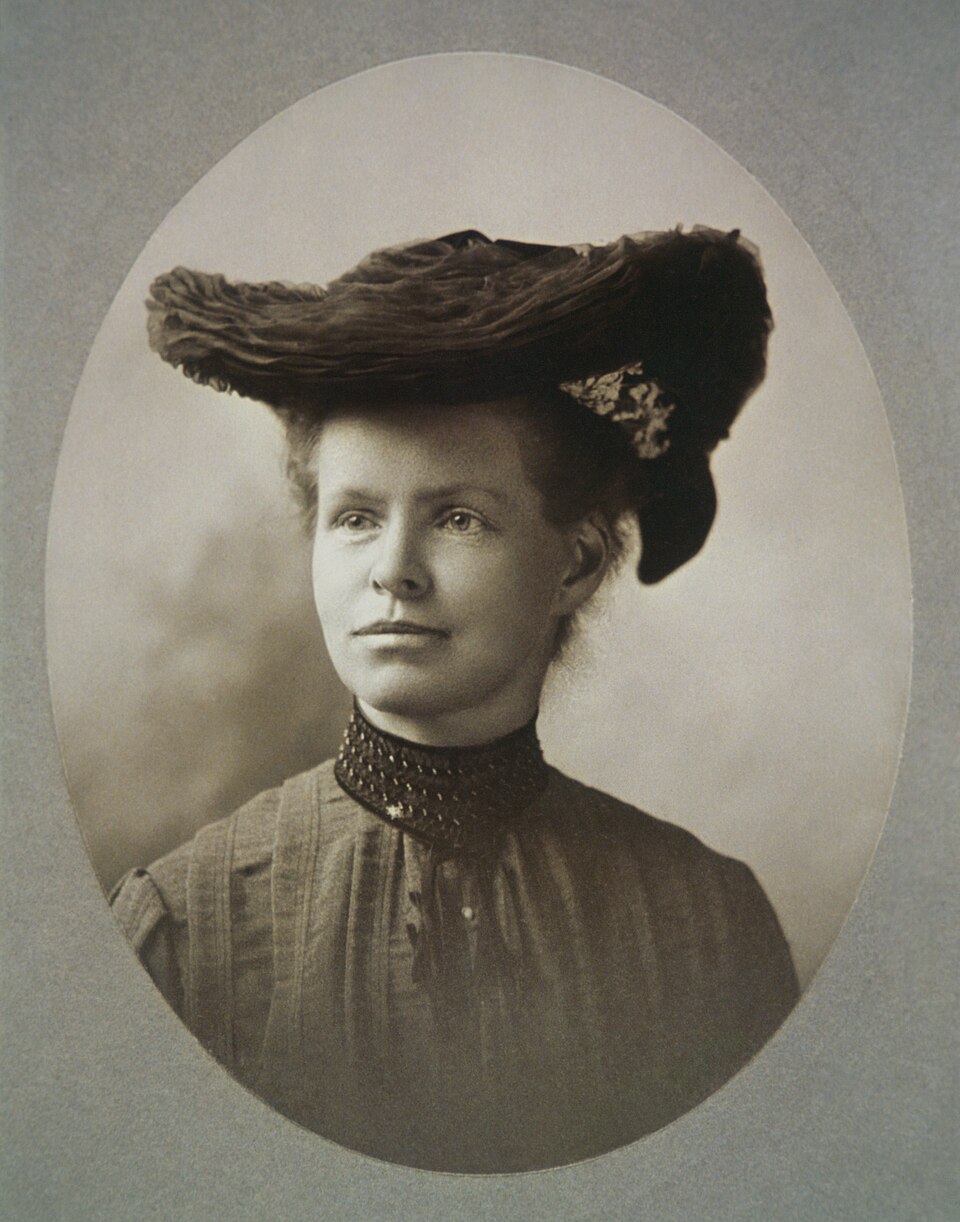
In 1905, Stevens traced sex determination to chromosomes, showing that males carry an unmatched small partner later called the Y. Her cytology linked observable cell structures to inheritance, turning abstract heredity into something seen through a lens. Working with mealworms and microscope stains, she mapped a mechanism that biology still teaches as day one. Credit drifted in her era, but the XY shorthand speaks her conclusion every time it appears.
Alice Ball
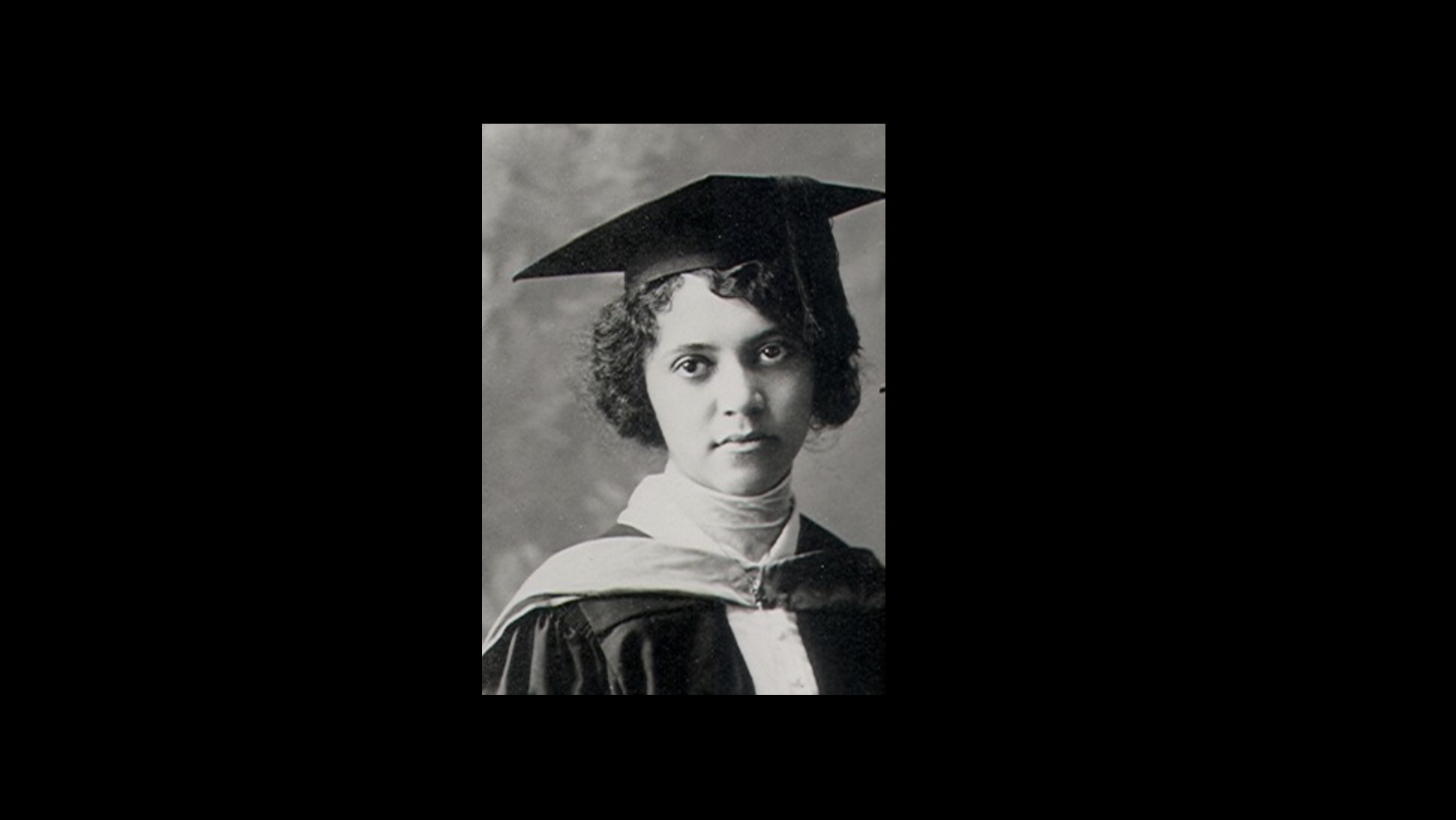
At age twenty-three, Ball developed an injectable, effective form of chaulmoogra oil by creating ethyl esters that the body could absorb, transforming treatment for Hansen’s disease in the 1910s. Her protocol replaced a painful, unreliable regimen and returned patients to daily life. She died young, and others initially took public credit, yet medical records and later recognition restored her place. The method’s practicality shows chemistry aimed at human relief, precise and kind.
Hedy Lamarr
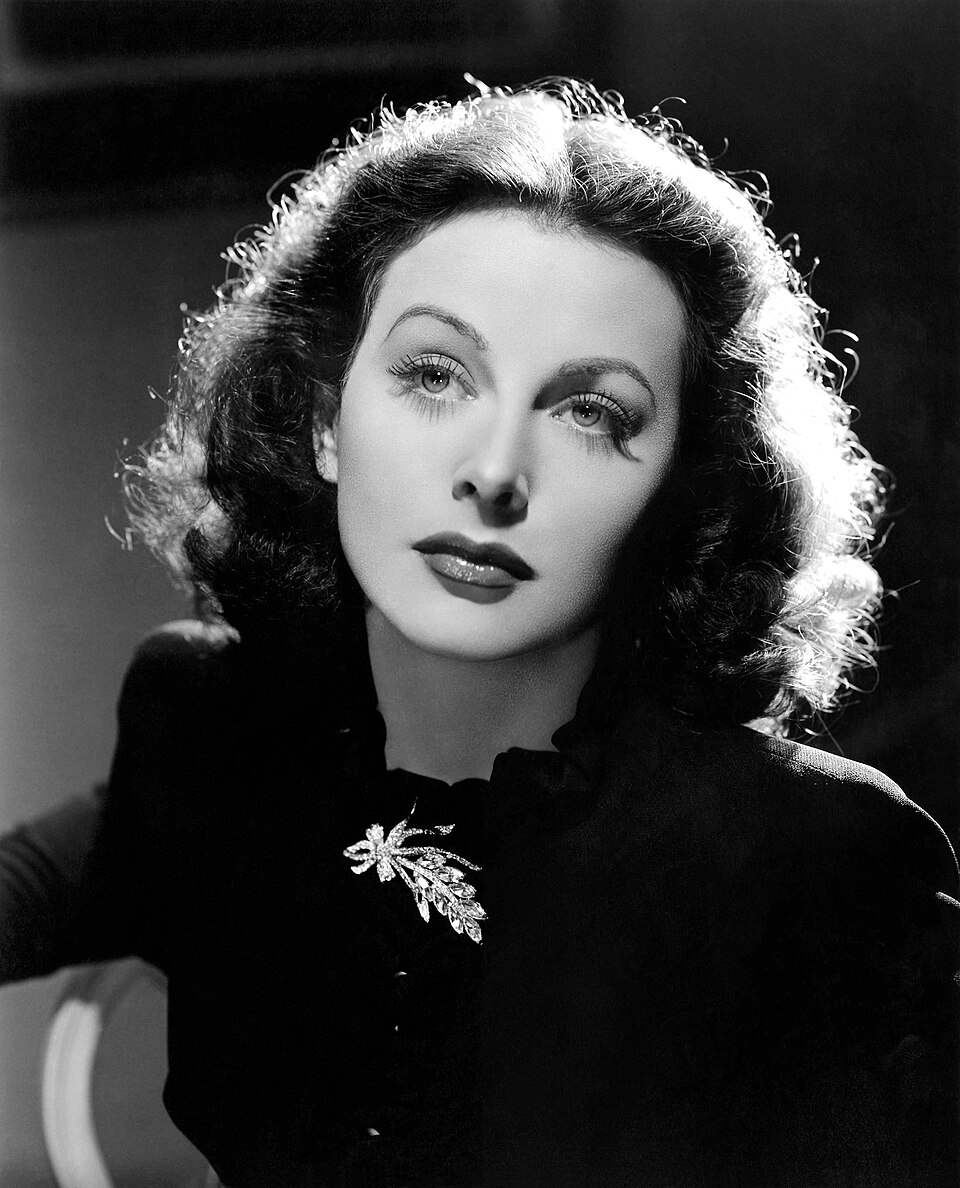
Known on screen, Lamarr co-invented a frequency-hopping scheme with composer George Antheil to secure torpedo guidance from jamming in 1941. The idea spread later into spread-spectrum techniques that underpin Wi-Fi, Bluetooth, and GPS resilience. Patents lapsed before wide adoption, and applause went elsewhere, but the engineering logic proved sound. Her work sits quietly under everyday connections, a reminder that invention can hide in plain sight.
Jocelyn Bell Burnell
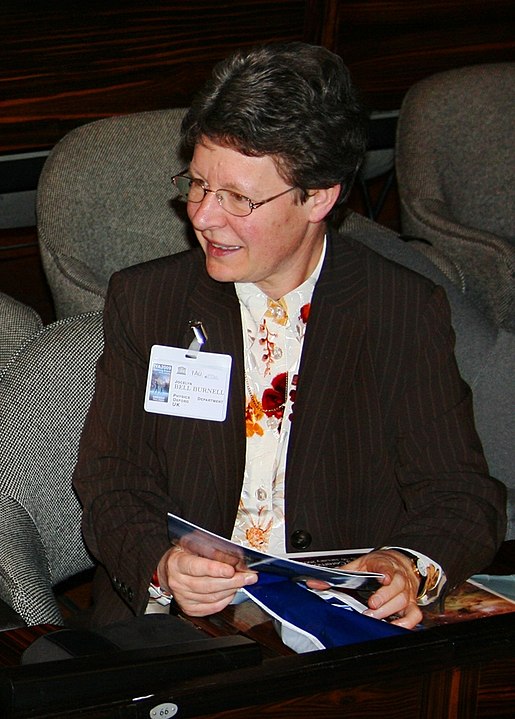
As a graduate student in 1967, Bell Burnell noticed odd, regular radio pulses on chart paper and persisted until the first pulsar was confirmed. The discovery opened neutron star astrophysics and gave timekeepers a new cosmic metronome. The 1974 Nobel honored her supervisor and colleague, not her, a gap science later acknowledged. She used later prizes to fund underrepresented scholars, matching discovery with generosity and clear memory.
Katherine Johnson
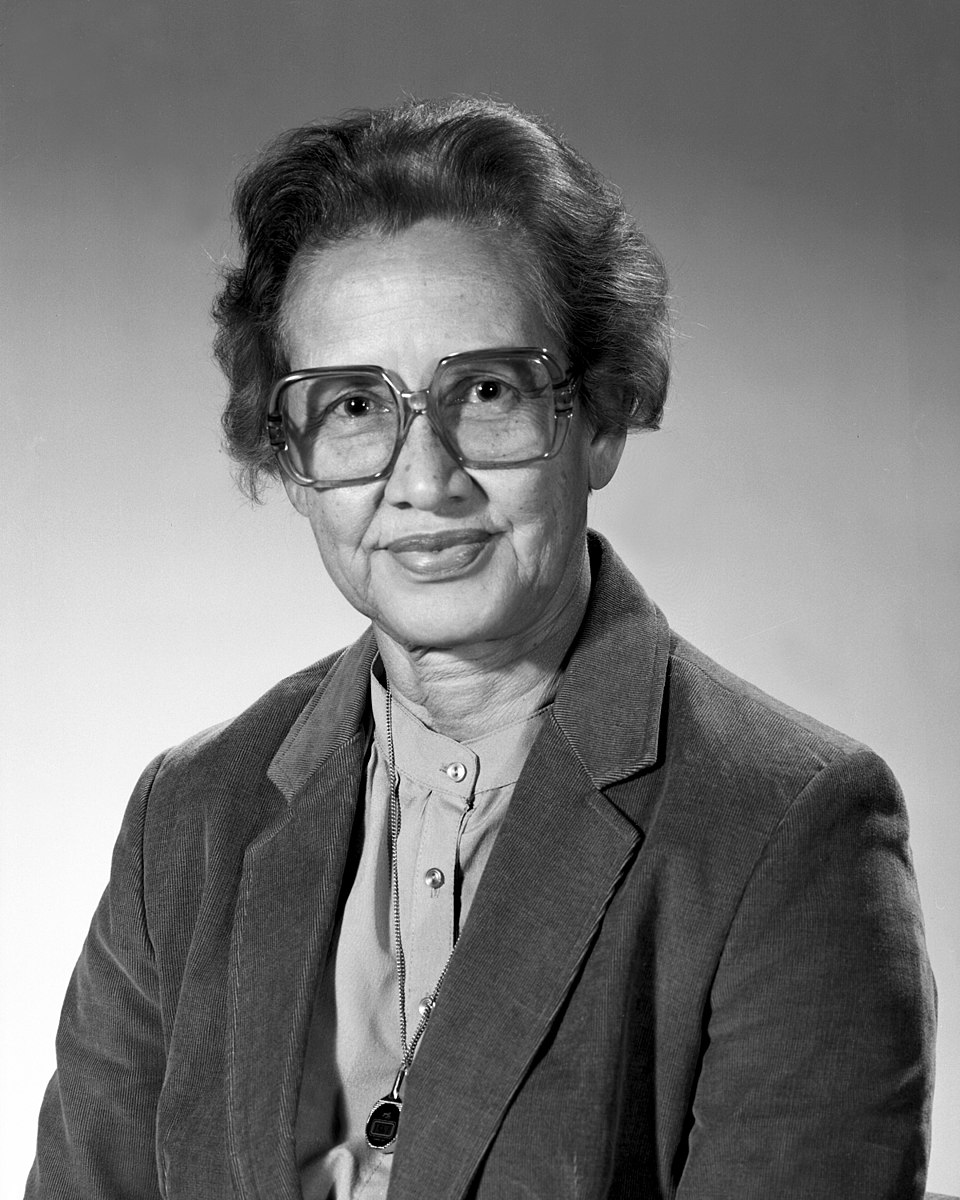
At NACA and NASA, Johnson computed trajectories and reentry windows that made early crewed flights safe, including John Glenn’s orbital mission. Her analytic checks bridged hand calculation and emerging computers, catching the subtleties that live between equations and reality. For years, her work ran under the radar of segregated offices and shifting programs. The space age kept her numbers, and only later did her name rise to match them.
Tu Youyou
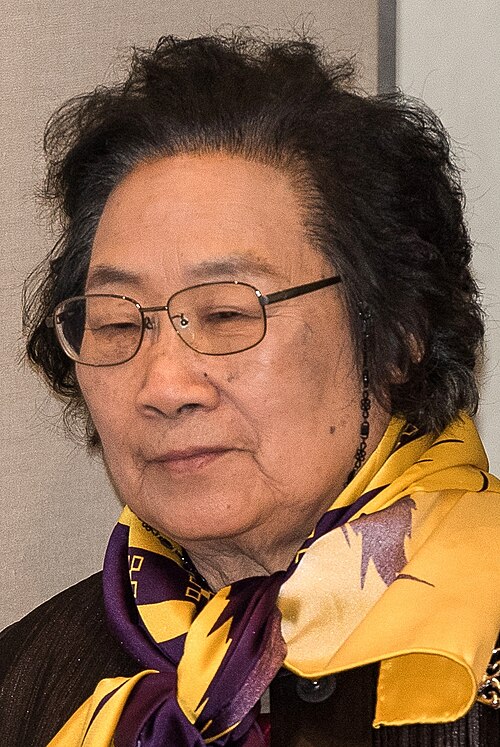
Working from classical texts and modern screening in the 1970s, Tu isolated artemisinin from sweet wormwood by gently extracting at low temperatures to preserve the active compound. The result reshaped malaria treatment worldwide and saved millions of lives. The project ran quietly within a larger collective effort, and recognition arrived decades after the breakthrough. Her method shows cultural memory and lab care joining to solve a global problem.
